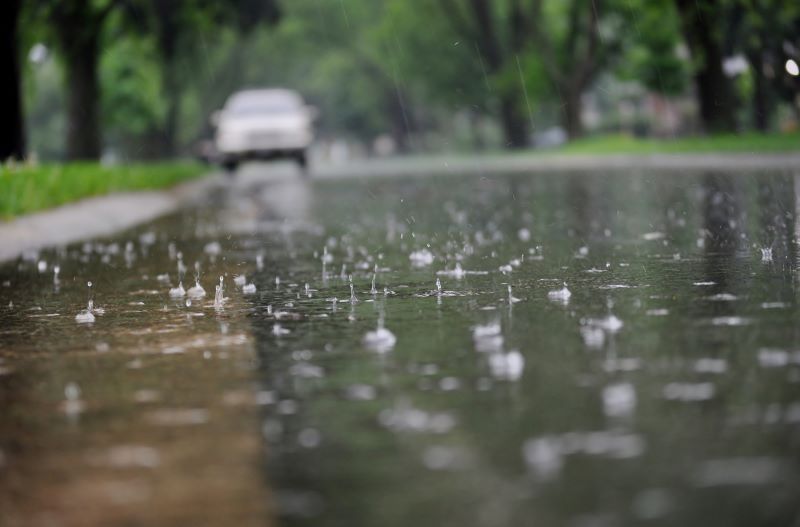Flood policy education: What brokers are up against

Half of Canadian homeowners have not purchased additional coverage for water damage, relying on a standard homeowner policy that does not cover risk of overland flood or water seepage into the home.
Endorsements are available to extend coverage for water damage beyond that offered by the standard homeowner policy. But a recent survey commissioned by RatesDotCa and BNN Bloomberg shows only 13% of Canadians have purchased additional coverage for overland flood and 13% for water seepage.
The survey, which polled more than 1,500 Canadians, found 32% of homeowners think their standard home insurance policy covers them against overland water damage and sewer backup, when it really doesn’t. That said, more homeowners (57%) are aware optional water damage coverages must be purchased in addition to their base coverage.
For brokers, the survey suggests public education around flood is a complex issue.
For example, education doesn’t stop when brokers tell consumers about the difference between water damage coverage in standard home policies and optional flood endorsements that cost extra. Brokers also need to make clients aware of the changing risk homeowners take when they don’t purchase the additional coverage.
Water damage endorsements can sometimes be added to a policy with minimal impact on the final premium, John Shmuel, managing editor of RatesDotCa, tells Canadian Underwriter. But if the homeowner lives in an area where there is a high risk of flooding, the premium difference could be stark—perhaps an annual premium increase of $1,000.
“I think sometimes consumers see that and say, ‘Well, I don’t really need that,’” Shmuel said. “This goes back to the public education component. The broker may say, ‘Well, listen—for $1,000 a year extra, you’re protecting yourself from paying $40,000 to rectify mold damage and refinish your basement.’”
Homeowners may not be aware of how fast climate risk is changing. Insurance Bureau of Canada data show severe weather insurance claims in Canada are four times higher now than they were 15 years ago. Sixteen per cent of homeowners in the survey reported making a claim for water damage.
“Insurance is all about gauging risk, right?” says Shmuel. “A homeowner might live in a Prairie province, for example, and they might say, “Sure we get rain, but we’re far away from a river and it’s pretty dry here most of the year, so I don’t think I need something like seepage or overland flood insurance.’ And then the once-in-100-year storm happens two years in a row, back-to-back, and all of a sudden you realize the value.”
Home insurance is unregulated in Canada. Premium increases therefore correlate more closely with the insurers’ risk of higher claims payments due to severe weather. And so, if climate risk changes quickly for insurers, so, too, will Canadians’ home insurance premiums.
National, transparent, publicly-available flood maps would help insurance professionals advise their clients on flood risk, says Shmuel.
“It’s about time that every homebuyer in Canada had access to a tool that could show them what areas are at higher risk, what areas are on flood plains, because a home is the most expensive purchase people are going to make in their lives,” he said. “We in Canada need to have a conversation about getting information like flood map data into the hands of Canadians, so that we can make the best insurance decisions possible in a rapidly changing world.”
And then, there are always the climate change deniers. It will be difficult for brokers to convince them to purchase additional flood coverage for a risk they don’t believe exists. In these situations, the brokers will need help from society as a whole, says Shmuel.
As a broker, “you could [tell clients] storms are going to get worse, that these once-in-100-year floods are going to happen more frequently,” he said. “But how do you deal with a client that that might just kind of spit it back into your face? The client may say, ‘I don’t believe that. You can’t sell me a policy saying these storms are going to get worse. I don’t believe that.’
“I don’t know what the answer to that is, other than a societal effort to say this is real.”
Feature photo courtesy of iStock.com/4u4me



